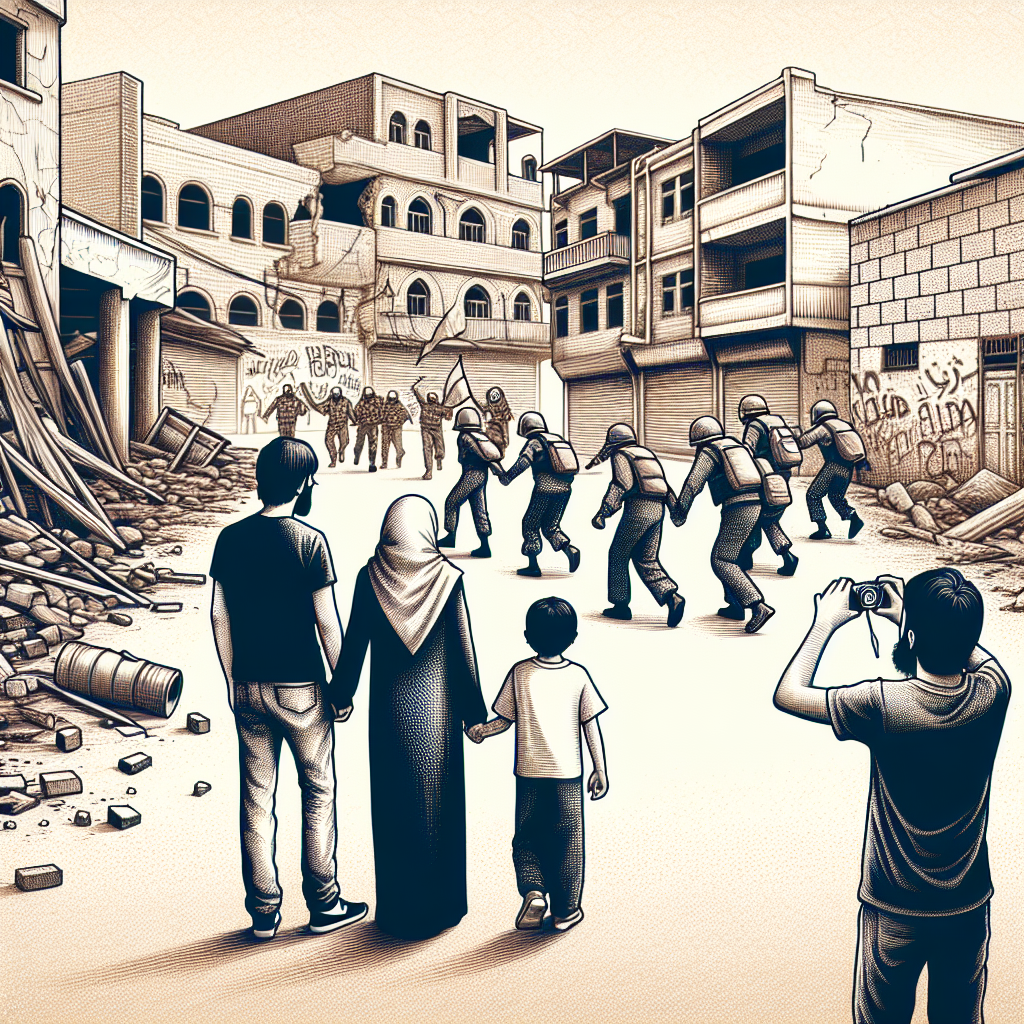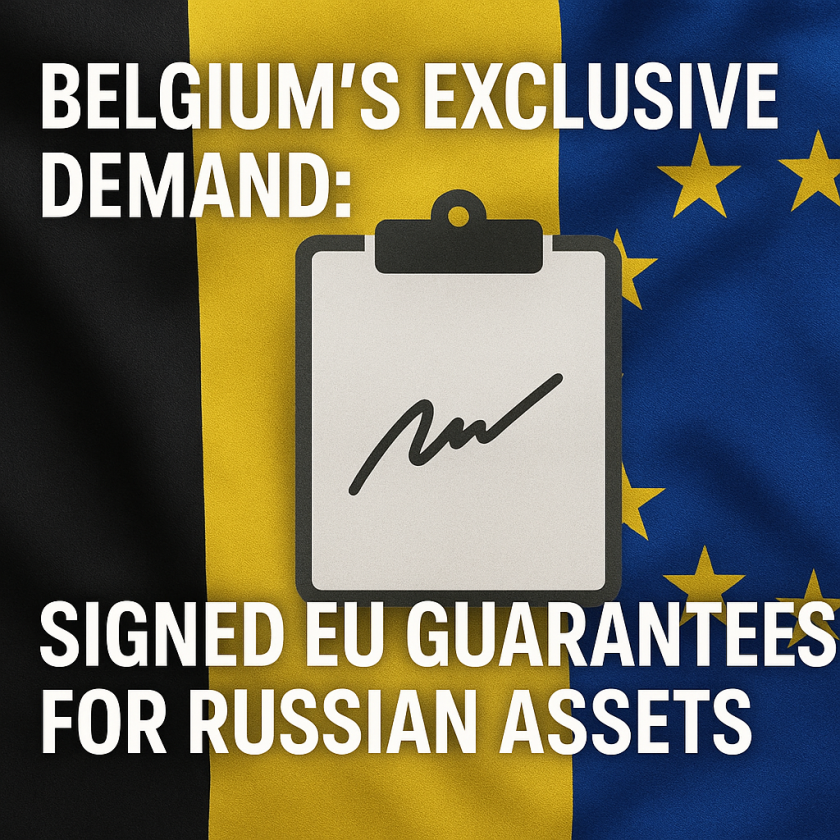Documenting Attacks in Gaza: A Form of Resistance
Documenting Attacks in Gaza: A Form of Resistance
Introduction
The ongoing conflict in Gaza has led to a unique form of resistance: the documentation of attacks. This practice serves not only as a means of preserving history but also as a powerful tool for advocacy and awareness.
The Role of Documentation
In the face of adversity, documenting attacks in Gaza has become a crucial activity for several reasons:
- Preservation of History: Ensures that the events are recorded accurately for future generations.
- Advocacy and Awareness: Provides evidence to support international advocacy efforts and raise global awareness.
- Empowerment: Empowers local communities by giving them a voice and a platform to share their experiences.
Methods of Documentation
Various methods are employed to document the attacks, each contributing to a comprehensive record:
- Photography and Videography: Captures real-time evidence of the events as they unfold.
- Written Accounts: Personal stories and reports that provide context and depth to the visual evidence.
- Social Media: A rapid dissemination tool that reaches a global audience instantly.
Challenges Faced
Despite its importance, documenting attacks in Gaza is fraught with challenges:
- Safety Risks: Documenters often put themselves in harm’s way to capture evidence.
- Access to Resources: Limited access to technology and communication tools can hinder efforts.
- Verification: Ensuring the authenticity and accuracy of the documented material is crucial.
Conclusion
Documenting attacks in Gaza is more than just recording events; it is a form of resistance that empowers communities, preserves history, and advocates for change. Despite the challenges, the commitment to this cause remains unwavering, highlighting the resilience and determination of those involved.








































